For hundreds of years the Ness Islands have been a popular recreational spot for Inverness residents and visitors to the city.
But there are many facts about the islands that even some locals won’t know.
The trees were nearly sold off
Inverness Local History Forum says the islands have long been regarded as the jewel of the city.
The three unequally sized islets are located about a mile upstream from the centre of Inverness connected by foot bridges installed in the 19th century.
In 1842 there were plans to cut down the trees and sell the timber to pay off the town’s debts.
The idea was scrapped after it provoked an outcry among locals and a group of exiles in London.
Writer and historian Norman Newton is co-author with Pauline Mackay of the ‘Wild About Inverness: Ness Islands’ book and kids’ activity trail published this year.
Mr Newton said the young men, known as the Clachnacuddin Boys, petitioned the provost and magistrates against the move.
Saved by an early eco-warrior
Another campaigner, William Smith, aged about 20 at the time, also took up the cause.
In a strongly-worded letter he said the town council should not be tempted to “sacrifice a universally acknowledged public ornament” for the sake of raising money.
Mr Newton said Smith was an early eco-warrior and the “Greta Thunberg of his day”.
The islands once had a tea room
The 1842 campaign assured the future of the islands and efforts to preserve, enhance and value them.
As they were used more for leisure and community events, a warden was appointed to look after the islands and a house was built for him.
The building later became a tea room which operated in the 1950s and 60s.
The islands were developed in Victorian times, the addition of pedestrian bridges allowing walkers to cross from one side of the River Ness to the other.
The present suspension bridge from the islands to the Bught Park dates from the late 1980s.
It replaced the original which was preserved and now forms part of the Ness Islands Railway which runs in Whin Park.
There were concerts and roller skating
In the 1950s, an open-air auditorium and covered concert platform was built in the main island.
During the summer, entertainment was held in a pavilion, including Highland dancing and music events.
For a time, the flat rink of the auditorium was also used for roller-skating until its popularity died away.
In 1951 the area was used as part of the Festival of Britain events, a national showcase for British achievements in the arts, architecture, science and technology.
Mr Newton said over six days some 200 performers entertained crowds of around 11,000 people.
And there is a pet cemetery
Off the footpath, and amid trees and bushes, lies a series of gravestones dedicated to pets, some dating back to the early 1900s.
Many of the walkers, joggers and cyclists making their way through the islands are oblivious to their existence.
Pauline Mackay added: “There are a lot of things about the islands that people don’t know.
“They are a bit of a mystery in a way.
“It’s a bit of a pity people don’t know more about them.”
Join our Facebook group for the latest news and updates from Inverness
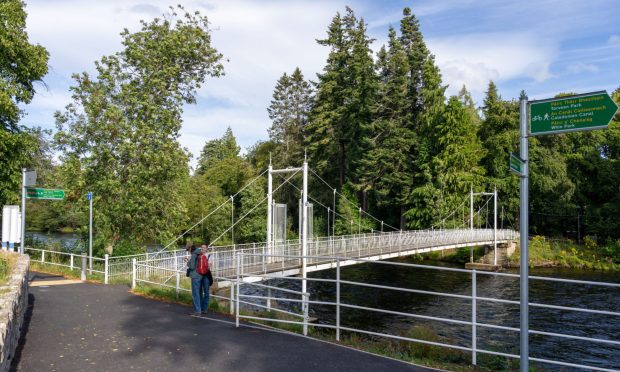
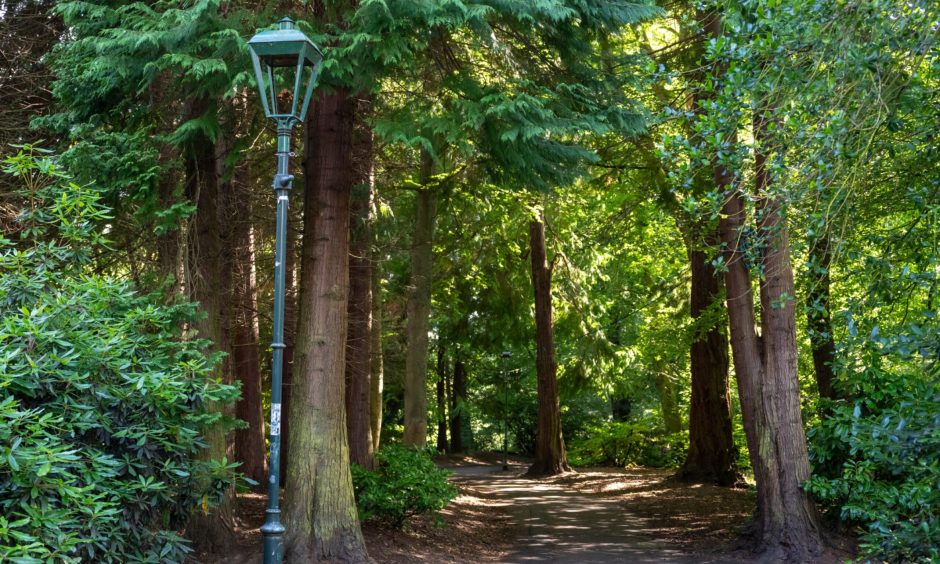
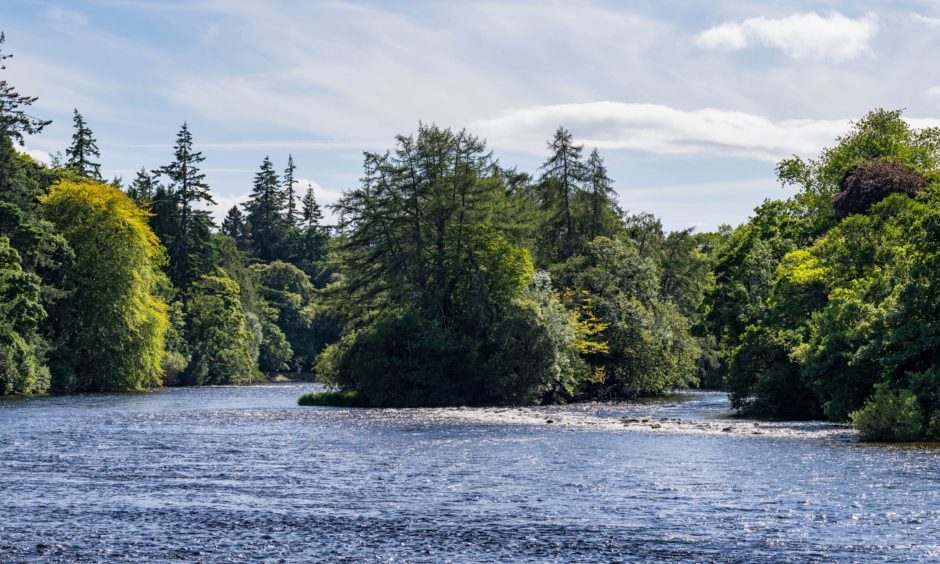
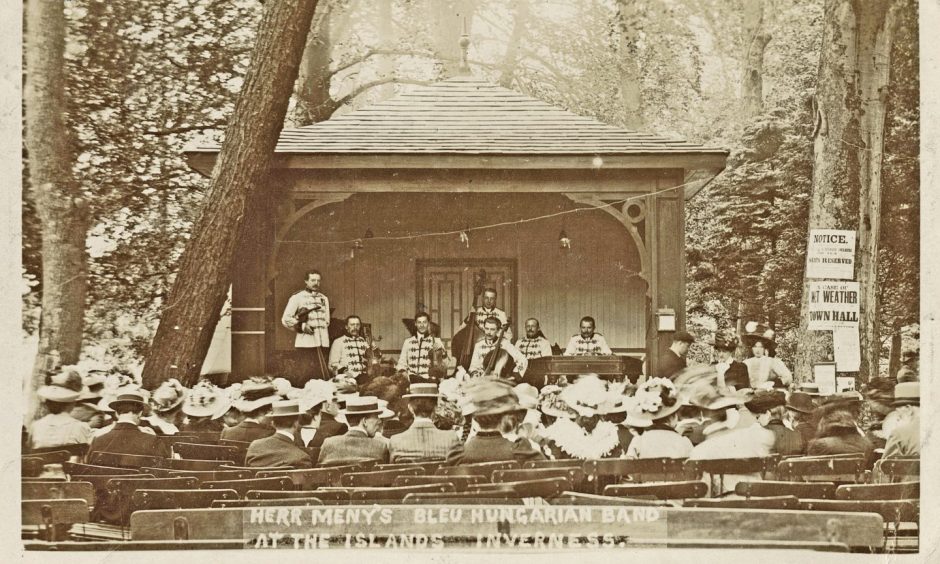
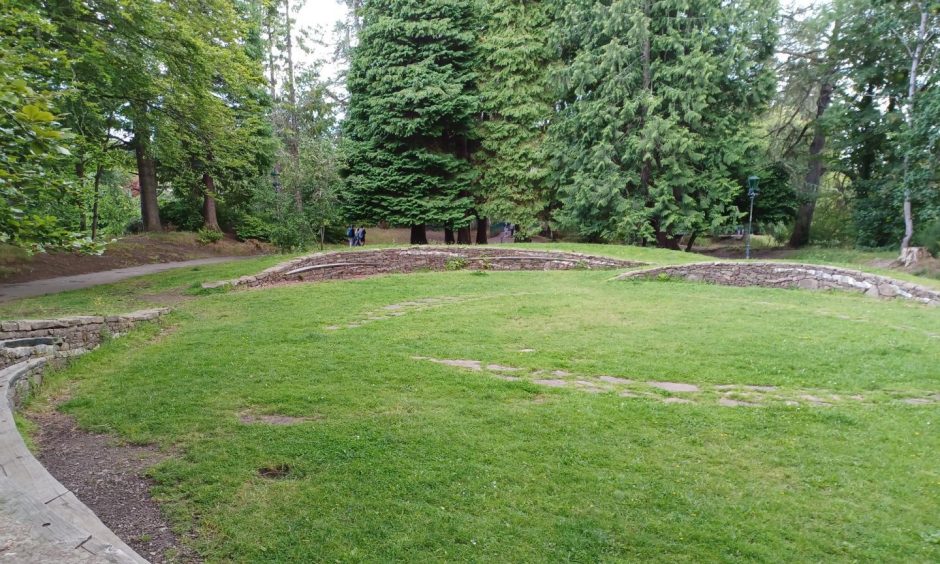
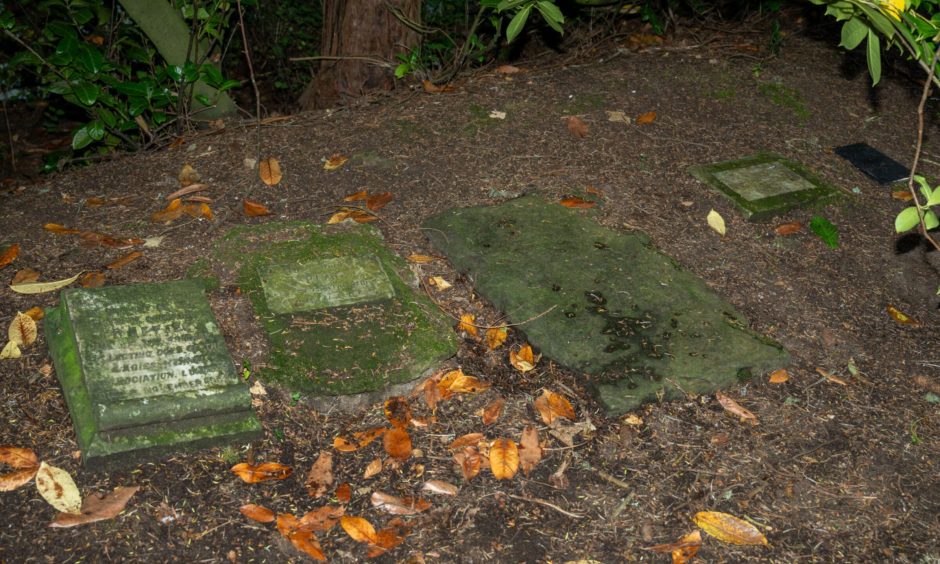
Conversation